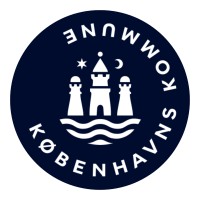
South African Revenue Service (SARS)
Its main functions are to: collect and administer all national taxes, duties and levies; collect revenue that may be imposed under any other legislation, as agreed on between SARS and an organ of state or institution entitled to the revenue; provide protection against the illegal importation and exportation of goods; facilitate trade; and advise the Minister of Finance on all revenue matters






